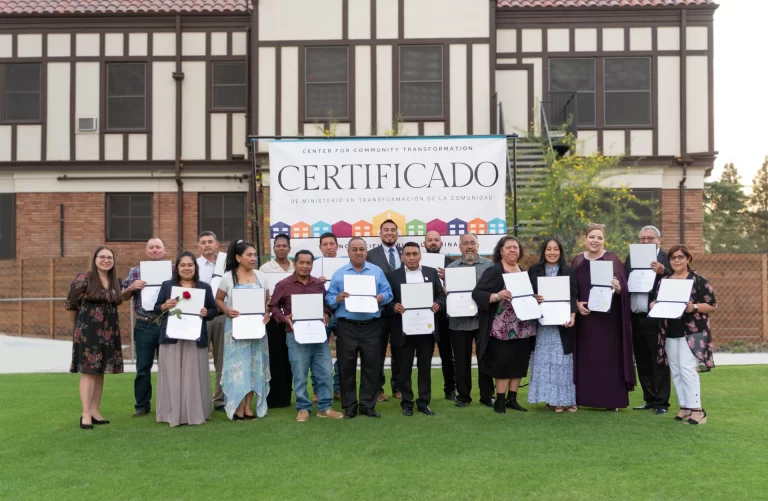 In 1989, after a decade of pastoral ministry and a brief teaching stint at a Philadelphia seminary, Keller moved his family to New York City to begin Redeemer Presbyterian Church. The church grew rapidly and it wasn’t long until pastors were asking if they could come and observe what Redeemer was doing that was working so well. Center Church is Keller’s response to those inquiries.
In 1989, after a decade of pastoral ministry and a brief teaching stint at a Philadelphia seminary, Keller moved his family to New York City to begin Redeemer Presbyterian Church. The church grew rapidly and it wasn’t long until pastors were asking if they could come and observe what Redeemer was doing that was working so well. Center Church is Keller’s response to those inquiries.
The book itself is organized around three core commitments: gospel, city, movement.
First, Center Churches are gospel-centered. They embraceneither moralism on the right nor relativism on the left, but a “third way of relating to God through grace.” These chapters on the gospel are vintage Keller.
Second, Center Churches are city-centered. Here Keller warns us of the dangers of undercontextualizing or overcontextualizing our ministries to the surrounding culture. “Contextualization,” he writes (p. 89), “is not—as is so often argued—‘giving people what they want to hear.’ Rather it is giving people…[biblical] answers…to questions about life…in language…they can comprehend.” Contextualization is important because, as Keller contends, there is no cultureless presentation of the gospel.
In chapters 16-18, Keller delineates four models for cultural engagement: the transformational model (the Religious Right and Theonomists), the relevance model (Seeker sensitive and Mainline Churches), the countercultural model (Anabaptists and the New Monastics) and the two-kingdoms model (Reformed and Lutheran churches). He then lists the strengths and weaknesses of each model. Summing up, he pleads with us to humbly acknowledge the model we prefer, then challenges us to draw on the strengths of the other models as well.
Finally, Center Churches are movement-centered. While not denying that churches are organizations with unique traditions, rules, procedures and practices, he invites us to see ourselves more as a movement (an organism) marked by vision, sacrifice, flexibility and spontaneity.
What jumped out at me in this final section were two things. First, the need for missional thinking. The word, itself, runs through our churches like a greased pig—its meaning is not easy to pin down. In chapters 19-21, Keller lists the marks of a missional church, and concludes with a chapter aimed at equipping people for missional living.
Second, the need for church planting. Planting churches is the trigger if Christianity is to “grow exponentially in conversions, churches, and influence in our city.” In chapter 29, he asks us to imagine three cities each comprised of 100 churches.
- In city A, if all 100 churches are older than 20 years, the number of Christians in that city will be shrinking.
- In city B, if 10 of the 100 churches are less than 10 years old, the number of Christians will remain the same.
- In city C, if 25 of the 100 churches are less than 10 years old, the number of Christians will grow 50 percent in one generation.
In short, this book drills deep into the psyche of a local church. It shouts to us: If we wish to reach our city for Christ, we cannot do it alone, we must do it together. And that kind of intentional unity will require that we slay our arrogant and territorial tendencies—that we build relationships with churches and pastors that do not cross their ‘T’s’ or dot their ‘I’s’ like we do, but humbly affirm that Jesus is Lord! That’s what Center Church is all about and, in my mind, Tim Keller is its consummate architect.





